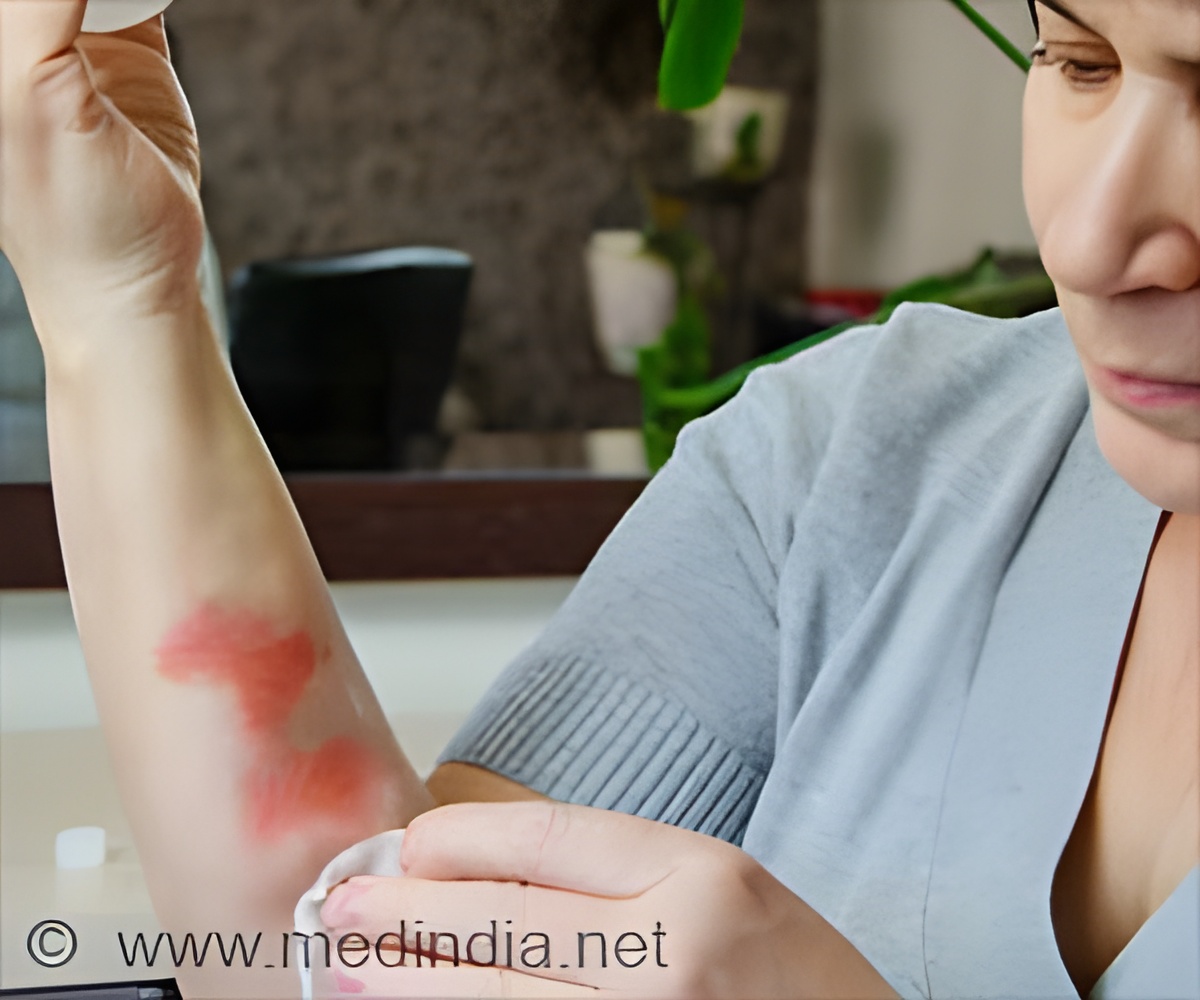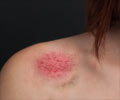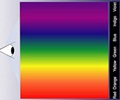The study explores how emerging technologies for bruise detection can address enduring health disparities experienced by survivors of domestic violence.

Improving Bruise Detection in Patients with Dark Skin Tone
Go to source). The article highlights the work of Katherine Scafide, PhD, RN, of George Mason University, Fairfax, Va., whose "nonconventional program of nursing research and innovation" has dramatically improved understanding of bruise detection in varying skin tones. An accompanying editorial by humanitarian and filmmaker Angelina Jolie highlights the urgent need for new solutions to the ongoing issue of racial bias in forensic evidence collection.
Enhancing Bruise Detection for Patients of Color
As a forensic nurse examiner working with victims of sexual assault, Dr. Scafide became aware of the difficulty of identifying bruises in patients with darker skin tones. "Because pigment is closer to the surface of the skin than a bruise, in patients with darker skin tones, bruise detection with the naked eye can be difficult or impossible." Ellen Benjamin, PhD, RN, and Karen K. Giuliano, PhD, RN, are the authors of the new article, the latest in a special AJN series on Nurse Innovators. Dr. Giuliano, Co-Director of the Elaine Marieb Center for Nursing & Engineering Innovation at the University of Massachusetts Amherst, spearheads the AJN Nurse Innovator series. The series highlights the vital role that nurse-engineer teams play in healthcare innovation.‘The findings from the paintball experiments contribute to a deeper understanding of bruise formation and may potentially lead to advancements in diagnosing, treating, and preventing bruises in the future. #bruises #darkerskin’





In the absence of research or clinical guidance, Dr. Scafide embarked on a course of "self-teaching, reading, and networking." In collaboration with engineers and other professionals, she designed experiments to create bruises using paintballs, with slow-motion video capture to study the force of impact and its equivalence to violent injury. Her dissertation provided new insights into how bruises change in color over time, including the effects of skin tone, sex, and subcutaneous fat. In the course of her work, Dr. Scafide has assembled the largest known dataset of digital bruise images. In her ongoing interdisciplinary collaborations, she aims to meet the need for a validated approach to estimating the age of bruises – a potentially powerful new tool for forensic nursing, law enforcement, and clinical care.
Innovative Solutions to Identify Bruising in Darker Skin Tones
Dr. Scafide's research has led to the identification of alternate light sources to identify bruises across a spectrum of skin tones. She discovered that using violet and blue light with yellow goggles can greatly improve the ability to detect bruises – up to five times more effectively than traditional white light in the examining room. Her research can help to promote equity in care for vulnerable populations such as children or those with cognitive challenges.Dr. Scafide's work has attracted media coverage and grants for ongoing research – as well as the attention of high-profile activists such as Angelina Jolie. In 2022, Ms. Jolie cited Dr. Scafide's research on the science of bruising when advocating for Congress to reauthorize the Violence Against Women Act, including increased funding for technologies to detect bruising and injuries across skin tones.
"Medical research, imagery, and training continue to center on white skin, not on how injuries present differently in patients with darker skin tone," she writes. "From technology to improving diversity and representation in medical research and training, it is past time to embrace new solutions."
References:
- Improving Bruise Detection in Patients with Dark Skin Tone - (https://journals.lww.com/ajnonline/Fulltext/2023/07000/Improving_Bruise_Detection_in_Patients_with_Dark.21.aspx)












